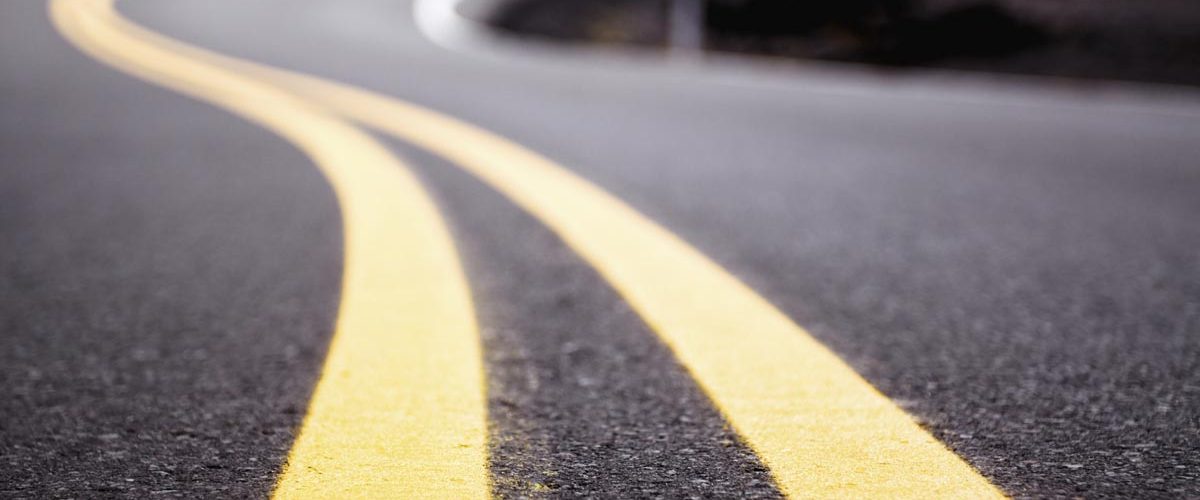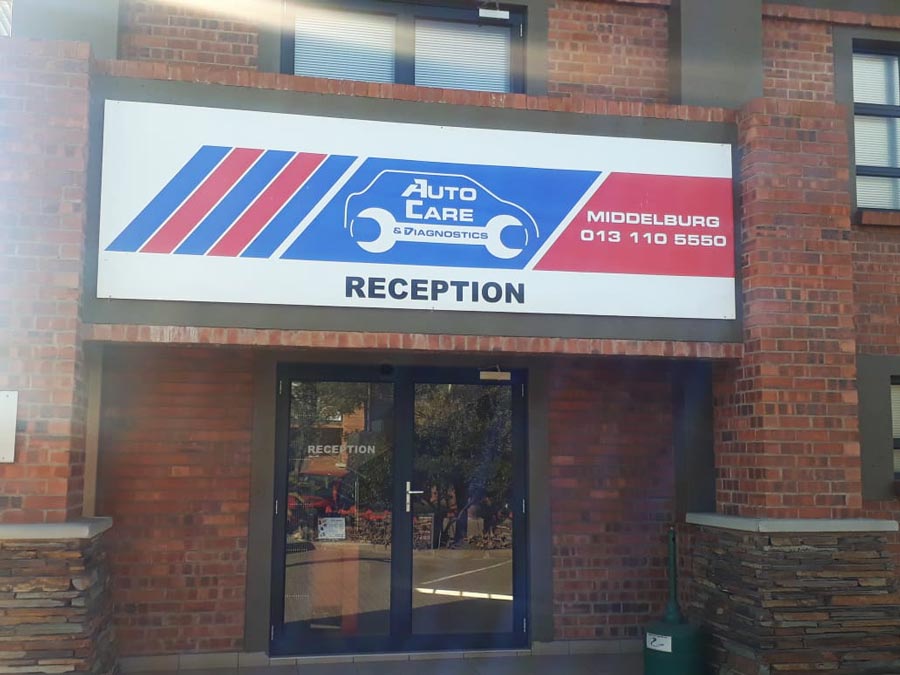
The festive season is around the corner, it’s a time to reflect on the year’s up’s and down’s and spend time creating memories with those nearest and dearest! Whether you’re planning a tranquil and quiet holiday in the bush, a scenic retreat in the mountains, or a blissful beach holiday at the coast, peace of mind should start before you embark on your long-distance travel by making sure your vehicle is safe and ready for the trip.
“Millions of South African motorists will take to the highways to get to their favorite holiday destinations this festive season. A holiday is intended to be a time for relaxation and enjoyment, but the difference between pleasure and a dreadful holiday often depends on whether you take the time to prepare your vehicle for the trip. Many common vehicle problems can be picked up by inspecting your vehicle, listening for strange noises, noticing unusual odors or even sensing a difference in the way a vehicle drives;” says Hugo Grobler, National Franchise Manager at Auto Care Diagnostics, (ACD).
To help you enjoy a safe and hassle-free holiday with your loved ones, here are safety tips and checks to prepare your vehicle for the trip:
- Tyre Pressure & tread
Making sure your tyre pressure is correct is critical for safety as well as avoiding a dreaded blowout! It’s important to always use a tyre gauge to check your tyres rather than relying on having a “look-see”. Pay special heed to the dashboard tyre-pressure warning light if present. Low tyrepressures waste fuel – rather save those rands and cents for a cocktail at the pool.
Now that we’ve ticked the box on tyre pressure, your rubber is likely to have some km’s on it, don’t ignore the tread. Take your car in to have the tyre tread checked on all four tyres to make sure they are not too worn or unevenly worn. If your tyres are “worn” or has damages to the sidewall from a recent bounce against a curb or pothole, it’s better to replace them now rather than take a chance on them blowing out while you’re on the road.
- Lights
Turn on your lights when you’re in a garage or aimed at a wall or ask a friend or family member to walk around your car while you test the lights, this is a quick and easy way to check if your lights are working! Test all your lights, indicators, brake lights, and fog lights one by one.
- Wipers and Demisters
Wipers tend to wear quickly, especially when your car is kept outdoors and in the sun! Test both front and rear wipers, squirt washer fluid to make sure your wipers clean the glass clearly. Make sure your demisters are working as a sudden mist-up can be dangerous.
- Dashboard Warning lights
At a first glance, dashboard warning lights can give you a quick indication when something is wrong. When you turn on the ignition, all warning lights should flash on momentarily. As soon as you note a warning light that stays on, get it checked immediately. Any warning light often warrants immediate checking by a professional.
- Steering
If you feel like you are having a tug-o-war with the steering wheel to keep your car tracking in a straight line, or the steering wheel vibrates too much, it’s likely your steering needs alignment or needs to be inspected by a professional.
- Battery
A dead battery means your car won’t start, possibly leaving you stranded in an unsafe place or situation, even worse late at night. Car batteries usually need replacing every few years, sometimes sooner. If your starter sounds sluggish, it’s either corrosion or a dying battery – either way, get it checked!
- Fluids
Although car fluids are typically checked during routine services, make sure you check these from time to time, including windshield washer fluid, brake fluid, transmission fluid, coolant, and oil.
- Spare wheel
A simple yet critical check is making sure you have a spare tyre, jack, and wheel spanner, and that they are all working properly. You probably haven’t used your spare for a while, so check the tyre pressure before setting off.
- Brakes and clutch
Always check the state of your brake pads by how your vehicle reacts to braking when driving; and if it pulls to either side under braking. If your brakes sound like they’re squeaking and scratchy or they’re shuddering, get them changed immediately! Road safety 101: it’s totally unsafe to drive a vehicle that cannot be controlled under braking.
- Roadside assistance
Lastly, make sure you’re signed up with a good roadside assistance to help prevent being stranded in bad weather or the middle of nowhere. These service providers send help if, for example, you run out of fuel, have a flat tyre, or need a jump-start or tow.
When in doubt, book a free safety check with a professional, this festive season ACD workshops are offering free safety check assessments until 7 December 2018. ACD will walk you through all the key points and offer you sound

















